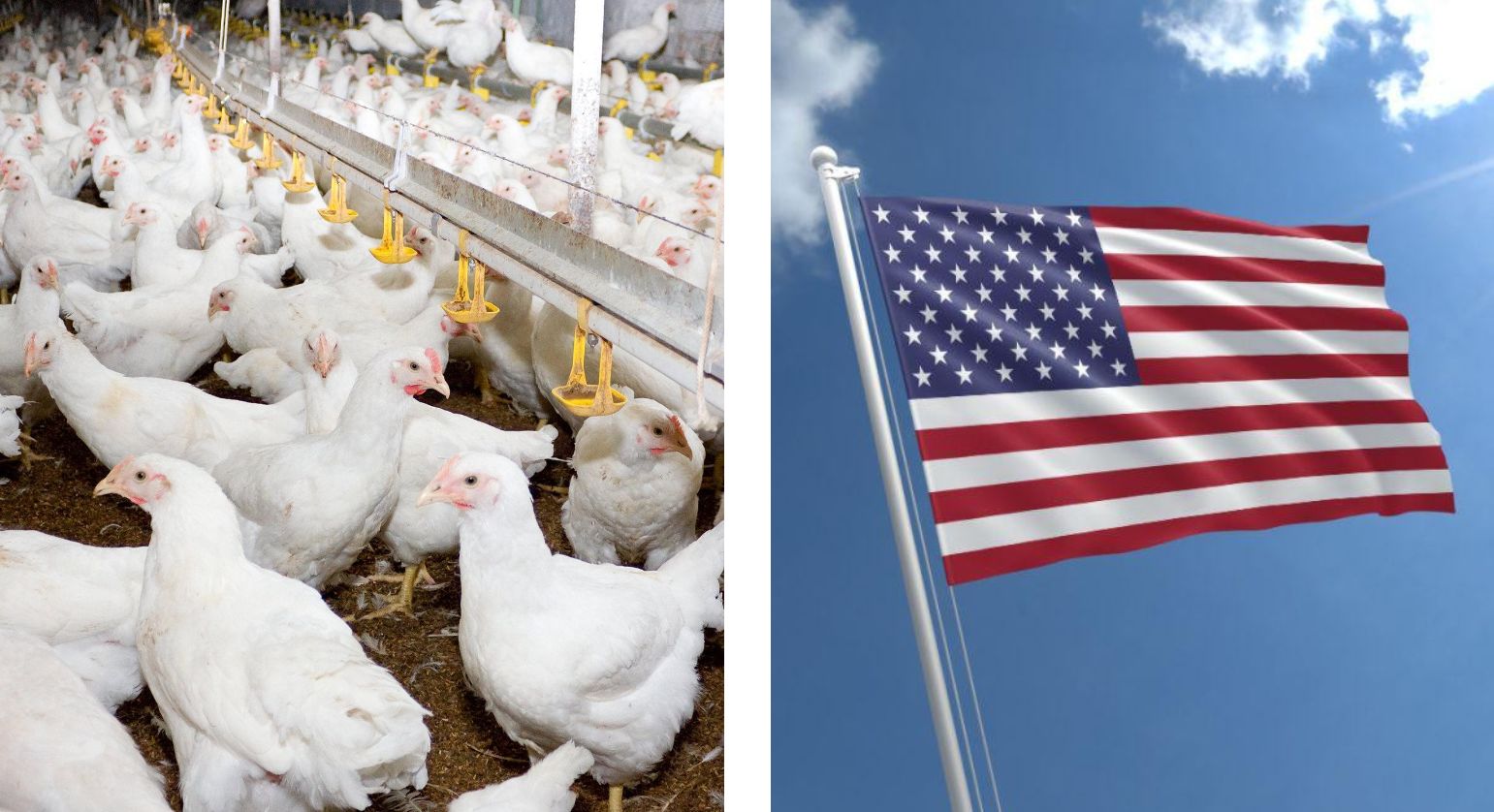By Eugene Nicklaus S. Laqui
WASHINGTON – It has been all hands on deck for health and animal authorities in the United States as bird flu in the country slowly spreads among avian species, particularly poultry, and has even affected the cattle industry as dairy products have found traces of the virus.
Millions of birds infected
US authorities say that bird flu, or H5N1, has already infected millions of poultry and has raised public health concerns, with the Center for Disease reporting that at least 70 individuals have been confirmed as contracting the disease.
They added that one fatality had already been recorded allegedly linked to the H5N1 virus.
Most patients who contracted H5N1 were poultry workers who have been exposed to infected birds, according to US officials.
Health experts said that more studies must be considered on whether human-to-human transmissions of H5N1 are possible and, if so, whether it would be deadly like other viruses.
Possible egg shortages
Moreover, they said that the situation had also affected supplies of eggs and poultry meat as chickens were the most vulnerable species to the virus.
Producers and consumers alike have expressed concerns about whether there would be a nationwide shortage of eggs and shelves of poultry supplies in groceries and supermarkets have either begun emptying or their prices going up.
Cows also infected
Meanwhile, the dairy industry has also been hit hard by the spread of bird flu as strains of the virus have also been detected in dairy products.
Early in February, health experts discovered a second strain of bird flu found in cows called D1.1.
Despite causing a severe set of complications for people contracting the disease, experts reiterated that human-to-human transmission of D1.1 remains unlikely.
The first case of animal-to-human transmission of bird flu was in April 2024 when a patient reportedly consumed a contaminated dairy product that had caused medical complications.
READ NEXT: Donald Trump ends ‘forced’ use of paper straws
